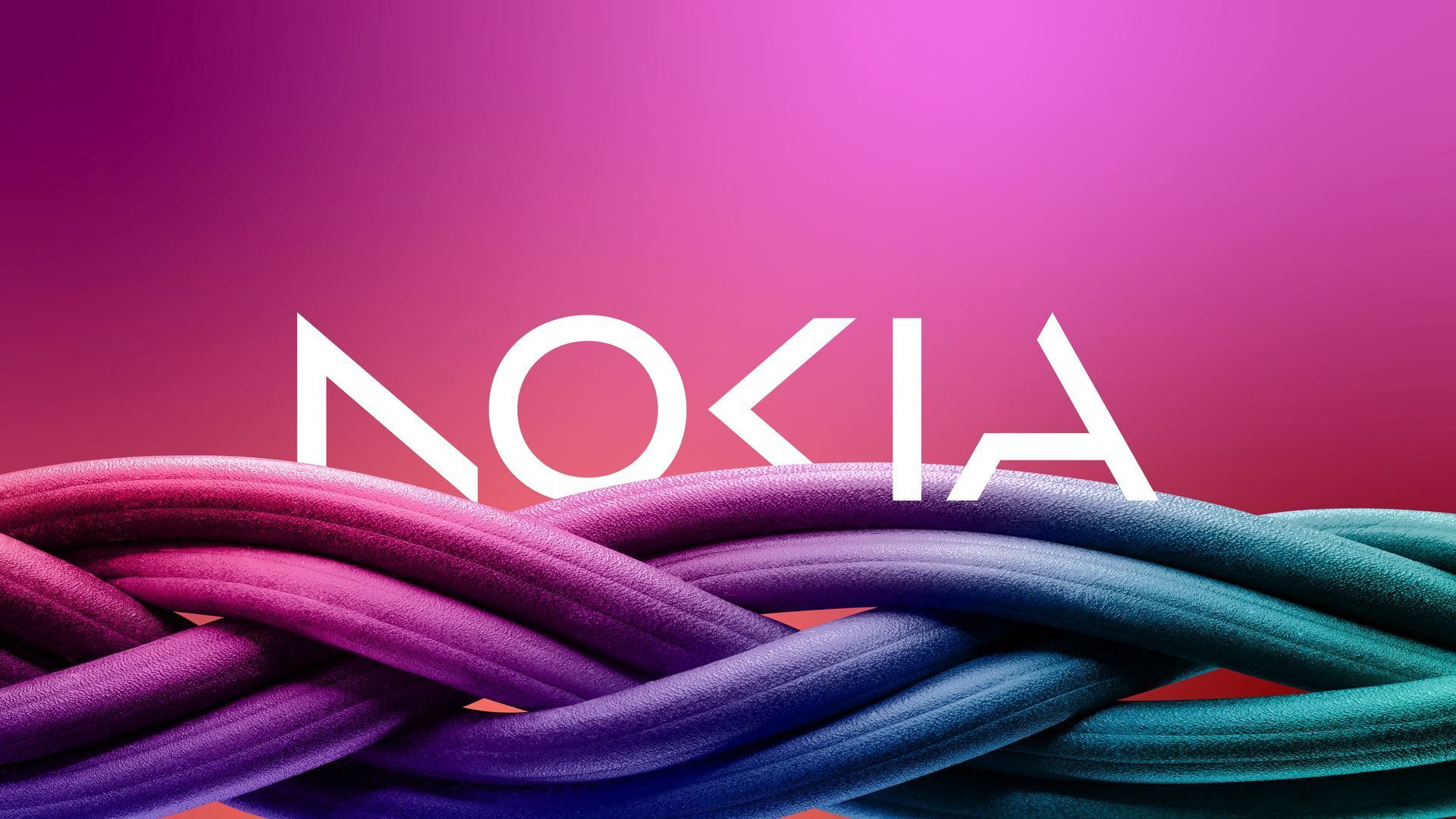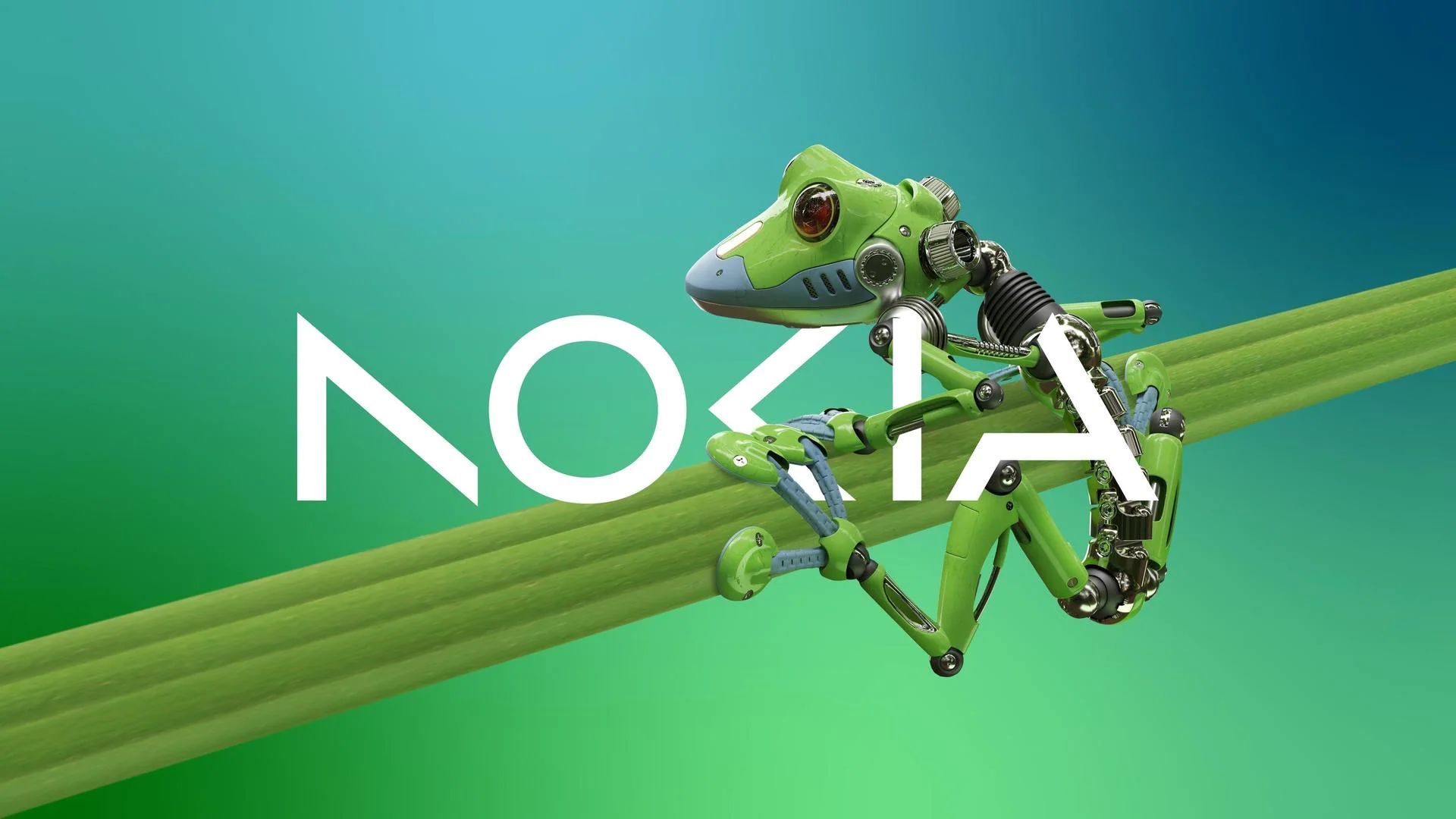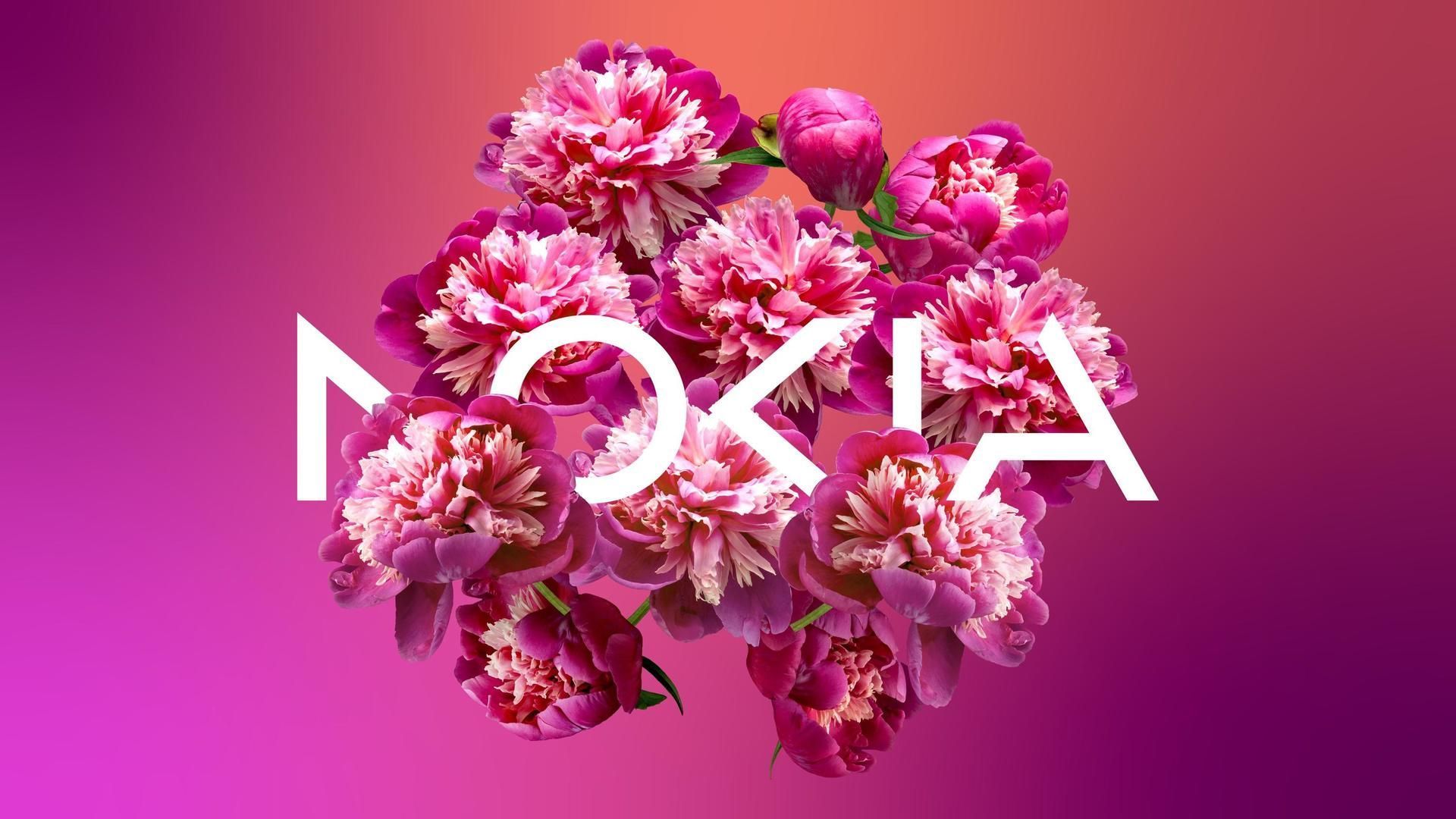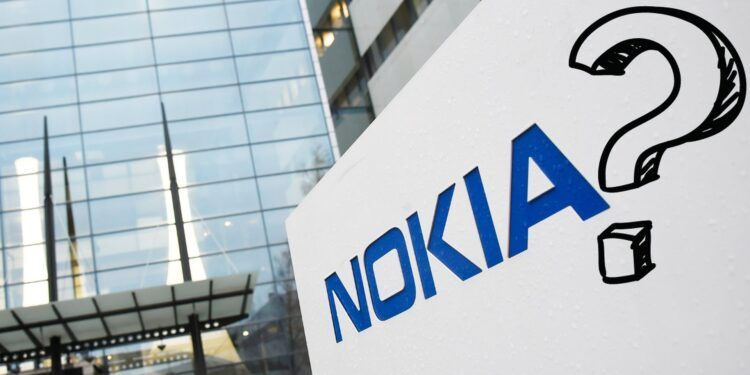- The new Nokia logo is just a part of the new three-phase plan of the company.
- The plan includes resetting, accelerating, and scaling the business.
- With the reset phase complete, Nokia is now focusing on acceleration and changing its logo for the first time in 60 years to signal the strategy shift.
- The new logo will not have a specific color scheme but will vary depending on the situation.
- CEO Lundmark stated that Nokia is no longer just a smartphone company but a “business technology company”
After nearly six decades, a once prominent player in the smartphone industry, has revealed a new brand identity, welcome the new Nokia logo.
The company includes a significant change to its iconic logo. The unveiling of the new Nokia logo took place on Sunday, just before the commencement of Mobile World Congress Barcelona.
The previous logo’s well-known typeface and “Yale blue” color have been replaced with a more modern and digital design, reflecting the company’s aspiration to stay relevant and contemporary. The new Nokia logo is a dramatic departure from the past and is poised to make a significant impact on the company’s branding and image.
The mentality behind the new Nokia Logo
“We are updating our strategy, and, as a key enabler, we are also refreshing our brand to reflect who we are today: a business-to-business technology innovation leader pioneering the future where networks meet cloud,” Nokia said in a blog post attributed to CEO Pekka Lundmark.
“In most people’s minds, we are still a successful mobile phone brand, but this is not what Nokia is about. We want to launch a new brand that is focusing very much on the networks and industrial digitalization, which is a completely different thing from the legacy mobile phones,” Lundmark told Bloomberg.

HMD Global Oy currently sells phones under the Nokia brand, as the license was obtained after Microsoft Corp. ceased using the name in 2014. Nokia’s new focus, according to CEO Pekka Lundmark, will be on expanding its market share in the wireless service provider industry with network equipment.
With recent restrictions placed on Chinese rival, Huawei Technologies Co., due to several European governments barring the sale of parts for 5G networks, Nokia is now well-positioned to gain market share without having to compromise on margins. Lundmark believes that Nokia has both the resources and the tools to achieve this goal successfully.

In addition to focusing on the wireless service provider industry, Nokia is also aiming to accelerate its growth in the sale of private 5G networks to corporations. In 2022, the company is seeking to expand its enterprise business, which constituted 8% of Nokia’s top line last year, into “double-digit” territory through a combination of organic growth and smaller acquisitions. CEO Pekka Lundmark has outlined this as a key priority for the company’s growth strategy moving forward, and Nokia is committed to realizing this ambitious target.
Despite its ambitious growth plans, Nokia has no intention of following in the footsteps of its main competitor, Ericsson AB, which recently acquired Vonage Holdings Corp. for $6.2 billion in a bid to bolster its enterprise business. Nokia’s CEO, Pekka Lundmark, has indicated that the company will pursue alternative strategies to achieve its growth objectives, rather than relying on large-scale acquisitions.

While Nokia has made significant strides in recent years, including regaining an investment-grade BBB- rating from S&P Global Ratings after over a decade in junk territory, Lundmark acknowledges that there is still work to be done to improve the company’s operating margins. Nokia remains committed to optimizing its business operations and achieving sustainable long-term growth.





